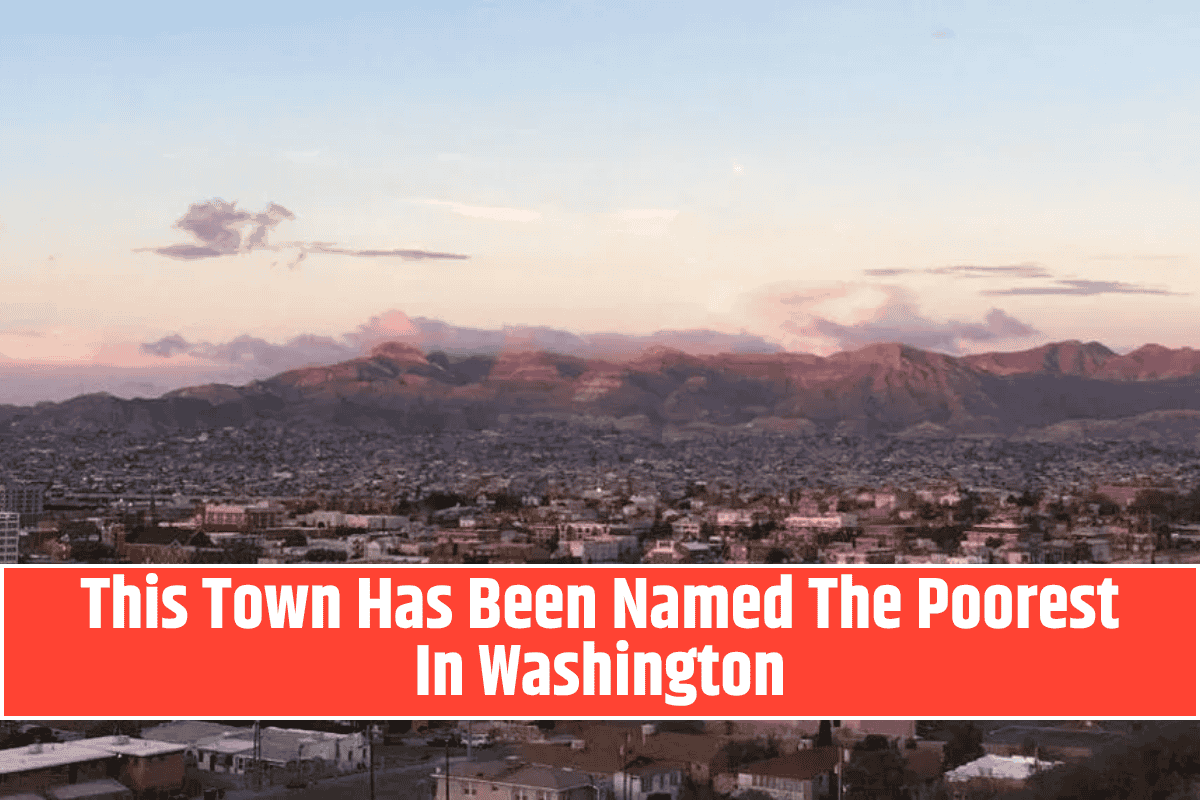Oroville, a small town located in Okanogan County, has earned the title of the poorest town in Washington State. With its struggling economy, low household incomes, and high dependence on food assistance, Oroville faces significant challenges compared to other areas in the state.
This article explores why Oroville has been named Washington’s poorest town and what the statistics reveal about its economic difficulties.
Low Median Household Income
Oroville’s median household income stands at just $32,083, which is significantly lower than the state average of $82,400. This huge difference shows that residents in Oroville earn much less than those in other parts of Washington.
With such a low income, it’s no surprise that many families in the town face difficulties in meeting their basic needs, like housing, food, and healthcare.
High Dependence on SNAP Benefits
One of the key indicators of poverty in Oroville is the high percentage of households that receive food assistance through SNAP (Supplemental Nutrition Assistance Program).
Around 30.3% of households in Oroville rely on SNAP benefits, which is a stark contrast to the state’s average of just 10.5%. This shows that a significant portion of the population is struggling to afford essential items, including food.
Low Home Values
The real estate market in Oroville is also struggling. The median home value in the town is only $142,700, which is much lower than the Washington state average.
A low median home value suggests that many residents are either renting or unable to afford homes at the price levels found in wealthier parts of the state. This highlights the financial difficulties faced by homeowners in Oroville, as well as the lack of economic growth in the area.
The Economic Struggles of Oroville
Oroville’s economic challenges were present even before the COVID-19 pandemic, and these issues have only been magnified by the effects of inflation and job market instability. The town has been struggling for years with high unemployment rates, low wages, and a lack of opportunities for economic growth.
Many of these factors contribute to the town’s ongoing financial difficulties and make it harder for residents to break free from poverty.
In conclusion, Oroville has earned its place as the poorest town in Washington State due to its low median household income, high reliance on food assistance, and struggling real estate market.
While the town is not alone in facing economic challenges, its combination of low wages and high poverty rates make it stand out as the most financially disadvantaged town in the state. More support and resources are needed to help Oroville improve its economic conditions and offer better opportunities for its residents.












